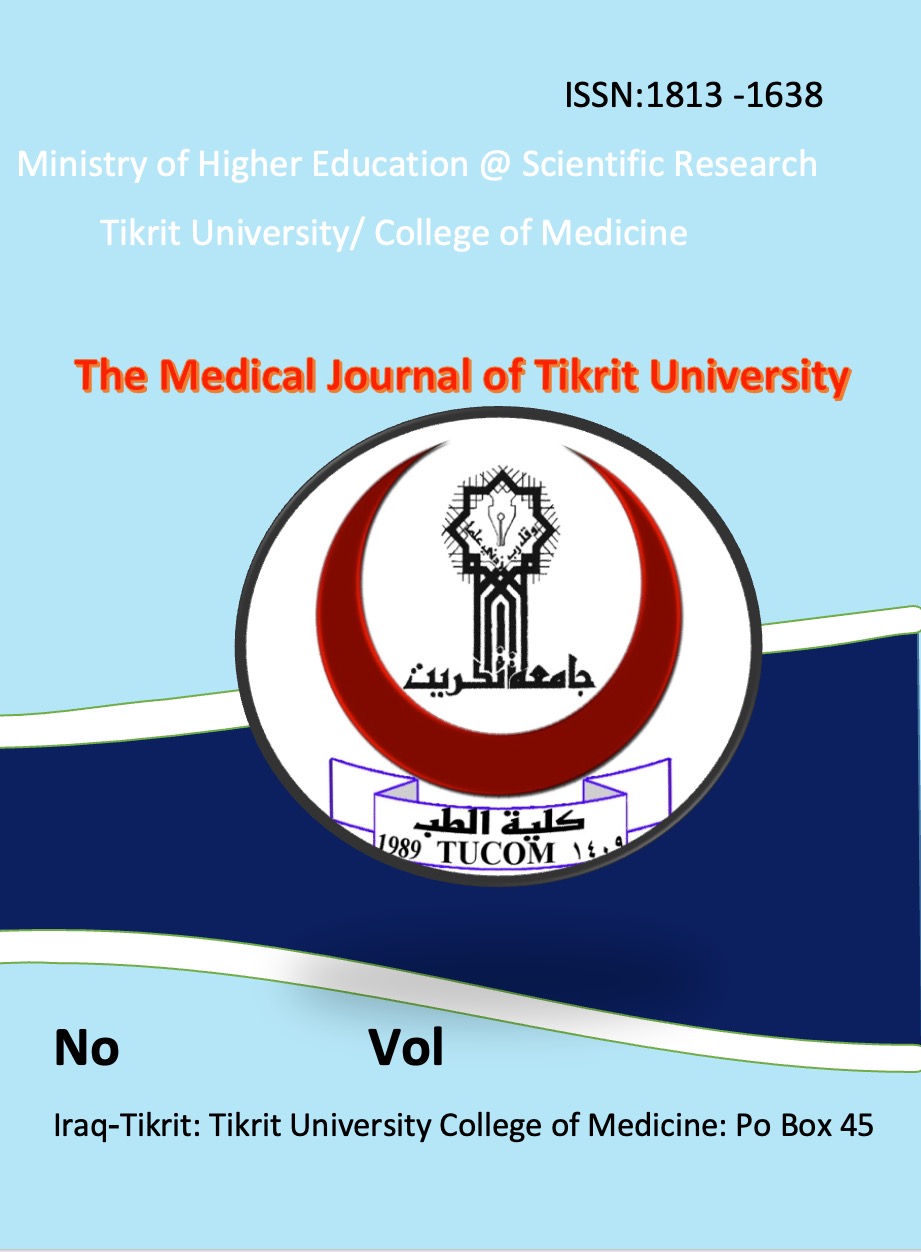Abstract
Abstract:
Background: The most prominent benign tumor of the female breast is fibroadenoma. It is particularly prevalent among young women around the world, the most common risk factors for fibroadenoma among Iraqi women in the city of Mosul, which contribute to early classifying women who are at high risk of developing breast cancer after being diagnosed with fibroadenoma.
Method: The biomatric study design was applied from Jan 2020 to Dec 2020 from Al-Jamhoori and Al-Kansaa hospitals in the city of Mosul where have been included 102 patients in this study. Cases were identified from biopsies examined at the two hospitals’ pathology departments and were included in the study only if the diagnosis was reconfirmed by the study pathologist.
Results: Fibroadenoma was diagnosed at an average age of 32.6 years. Fibroadenoma (FA) was shown to increase the risk of participant characteristics considered to increase the risk of breast cancer with family history and higher education. Participants with established FA protective features (older age at menarche, more children) were shown to have a lower risk of fibroadenoma.
Conclusion: We demonstrated that biopsy-confirmed fibroadenomas can be detected early. Biopsy confirmation of a fibroadenoma may be more prevalent more likely in older women, thus attention is needed if the findings are to be applied to fibroadenoma diagnosed at a younger age
Background: The most prominent benign tumor of the female breast is fibroadenoma. It is particularly prevalent among young women around the world, the most common risk factors for fibroadenoma among Iraqi women in the city of Mosul, which contribute to early classifying women who are at high risk of developing breast cancer after being diagnosed with fibroadenoma.
Method: The biomatric study design was applied from Jan 2020 to Dec 2020 from Al-Jamhoori and Al-Kansaa hospitals in the city of Mosul where have been included 102 patients in this study. Cases were identified from biopsies examined at the two hospitals’ pathology departments and were included in the study only if the diagnosis was reconfirmed by the study pathologist.
Results: Fibroadenoma was diagnosed at an average age of 32.6 years. Fibroadenoma (FA) was shown to increase the risk of participant characteristics considered to increase the risk of breast cancer with family history and higher education. Participants with established FA protective features (older age at menarche, more children) were shown to have a lower risk of fibroadenoma.
Conclusion: We demonstrated that biopsy-confirmed fibroadenomas can be detected early. Biopsy confirmation of a fibroadenoma may be more prevalent more likely in older women, thus attention is needed if the findings are to be applied to fibroadenoma diagnosed at a younger age
